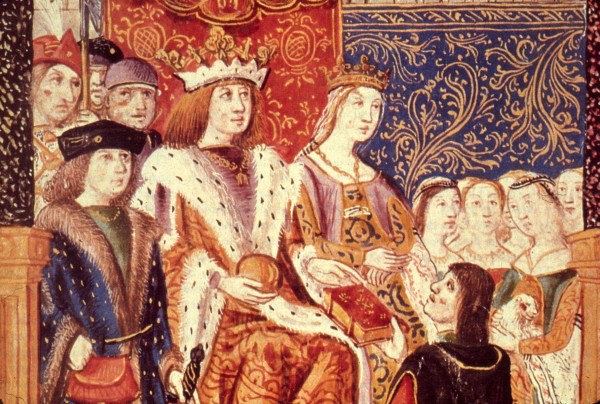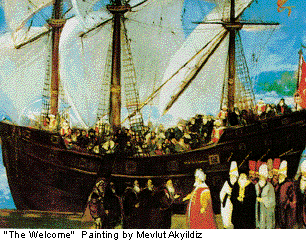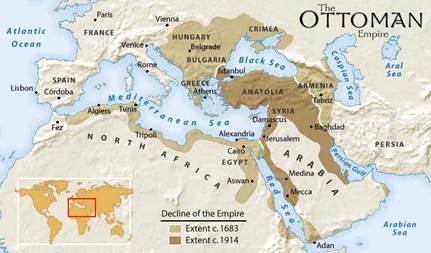On Aug. 3, 1492, Christopher Columbus set sail from Spain for the New World, ushering in an era of boundless exploration that changed the world. He started his historic voyage one day after a royal decree, signed by Ferdinand of Aragon and Isabella of Castile, went into effect. The decree, which ordered all professing Jews to convert to Roman Catholicism or leave the country by Aug. 2, ended the 1,000-year presence of Jews in Spain.

The expulsion of Europe’s last major Jewish community forced Jews to find new homes and new identities. The paths of their migration, and the Sephardi identity they adopted, is the subject of Jonathan Ray’s thoughtful book, After Expulsion: 1492 and the Making of Sephardic Jewry, published by New York University Press.
The removal of Jews from Spain, he writes, was the last in a long line of similar expulsions in medieval Europe, marking “the end of one of the most celebrated periods of affluence and intellectual productivity in Jewish history.”
Along with the fall of Muslim Granada, captured by Christian forces in the same year as Ferdinand and Isabella issued their fateful proclamation, the expulsion of Jews spelled finis to an epoch of multicultural coexistence that had enriched Spain.
By Ray’s estimation, 80,000 Jews left Spain. Their most popular destination was neighbouring Portugal, a rising power and Spain’s rival. Joao II, the Portuguese monarch, openly welcomed the Spanish refugees. But as Ray points out, “none could have fathomed the fate that awaited them there.”
With Joao’s death in 1495, Portugal came under Spanish pressure to banish all its Jewish subjects. His successor complied, ordering Jews to convert or leave. Most opted to immigrate to North Africa, a politically unstable region where, generally speaking, Jews were a prosperous and protected minority.
Jews established communities in what is now Morocco and Algeria, settling in Fez, Tlemcen and rural districts on the southern edge of the Atlas mountains.
Renaissance Italy was the third major destination of Spanish Jews, but the reception they received there was less than welcoming, according to the Italian chronicler Stefano Infessura. In some instances, they were faced with an old ultimatum: convert or depart.
Still other Spanish Jews made it to the Ottoman Empire, which regarded Jews as agents of economic development. They laid the groundwork for what would soon be the world’s largest, wealthiest and most diverse Sephardi community.
As Ray, a professor of Jewish studies at Georgetown University, puts it, “During the reign of Suleiman the Great (1520-66), the Ottomans broadened and consolidated their territorial holdings in Europe, North Africa and the Middle East. It was here, in the rapidly expanding empire of the Turks, that Jews found greater prosperity and stability than anywhere else in either the Christian or Muslim world.”

Interestingly enough, Spanish Jews and their descendants, some of whom later settled in Holland and France, preserved commercial relationships with Spain and Portugal.
By the second half of the 16th century, he says, the old rabbinic term “Sephardim” was in common use among Mediterranean Jews as a broad reference to Jews of Iberian heritage.
“The exiles of 1492 did not bring with them any concrete sense of an ancestral ‘Spanish’ homeland,” he points out. “Rather such a notion only evolved over the course of the 16th century.”
He adds, “For the majority of the second and third generation of the exiles, the pain of the Expulsion had begun to fade and was replaced by the imagined glory of the pre-exilic past. Over the course of the 16th century, both the tragedy of 1492 and the rich history that preceded it evolved from memories that were direct and personal into ones that were inherited and collective. Gradually, connections to particular cities and regions that had so dominated Hispano-Jewish identity in the Middle Ages gave way to a more general longing for Spain.”
And so emerged the Sephardic community as it is known today.
